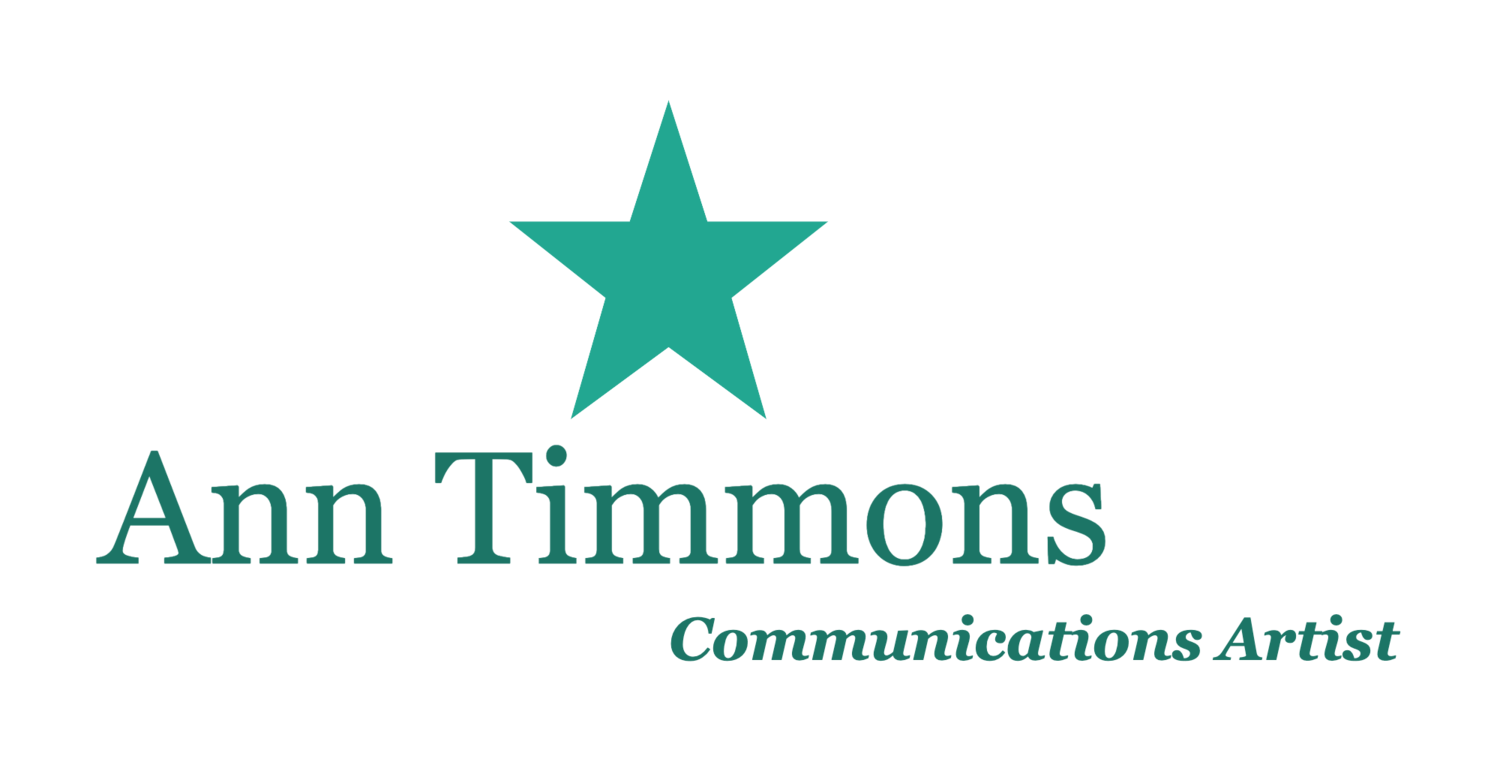 I've had an interesting few weeks: my clients have spoken in a variety of situations at home and abroad. It's been fascinating learning about their topics as I help them prepare. But different as each of these experiences have been, we always start the same way: by framing their content in terms of a conversation. My speakers may have an hour to present their great ideas on a stage the size of a football field or twenty minutes in a conference room, yet they are all speaking with people, not talking at them. Why? Because communication implies, at the very least, a two-way street. The speaker is engaging the listener who is processing what the speaker is saying. If a formal feedback loop is not built into the event (i.e. a stand-alone speech without Q & A), the listeners will find a way to respond informally, if not directly to the speaker herself.
I've had an interesting few weeks: my clients have spoken in a variety of situations at home and abroad. It's been fascinating learning about their topics as I help them prepare. But different as each of these experiences have been, we always start the same way: by framing their content in terms of a conversation. My speakers may have an hour to present their great ideas on a stage the size of a football field or twenty minutes in a conference room, yet they are all speaking with people, not talking at them. Why? Because communication implies, at the very least, a two-way street. The speaker is engaging the listener who is processing what the speaker is saying. If a formal feedback loop is not built into the event (i.e. a stand-alone speech without Q & A), the listeners will find a way to respond informally, if not directly to the speaker herself. Many seasoned as well as emerging leaders understand the concept of engaging in active listening. But understanding and actually doing it are two different things. And, to be honest, active listening isn't the easiest thing to do, but it can be taught (see my blogs about how here and here). Over time it can become relatively easy to listen that way when you're engaged in the less formal communication of conversation. The tricky part comes when you integrate that kind of listening into your formal speech events. But mindfulness of the other always must be present in your speaking, as you develop your content with the audience's need in mind, and as you work on communicating with and not at (see above).
My clients have had lots of success lately using this strategy for speaking. But I have seen and heard myriad egregious example of speakers who broadcast their message--those who just throw their words out and splatter them all over the audience. (Virginia is home to the perpetual political campaign, so I am exposed to far too many examples of What Not To Do a regular basis). That is not effective communication. And it is bad leadership strategy.
If you want to read about listening as a good leadership strategy, take a look at this oldie but goodie from January 2014.

